SIM Form Factor: What’s the Right Approach for My Use Case?

In a world where connectivity is king, the choice of SIM form factor plays a crucial role in the success of any deployment, from consumer electronics to IoT applications. As a versatile platform, Monogoto supports an array of SIM types, each tailored to meet specific operational needs and strategic goals. Whether you’re prioritizing security, seeking […]
How Connectivity Helps Pave the Way to Increased Profitability for Micromobility
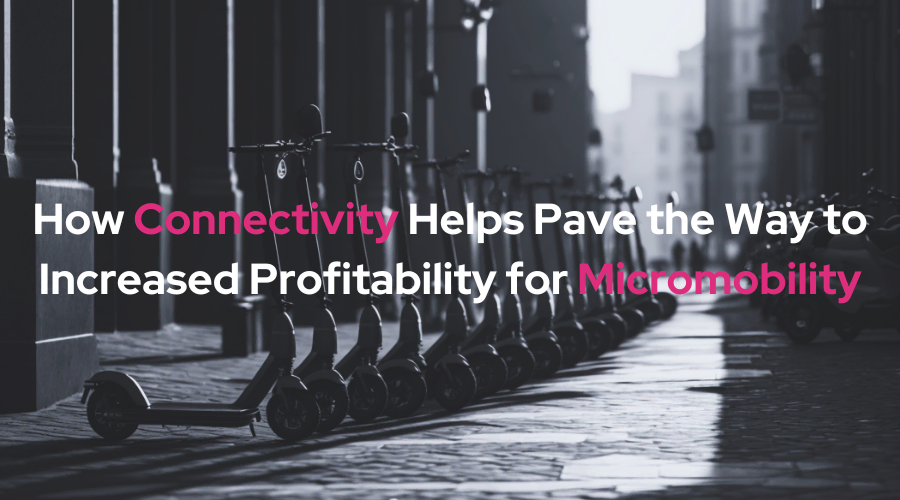
E-scooters, e-bikes, cargo e-bikes, and other forms of micro-mobility (also known as light electric vehicles (LEVs)) are found on most street corners in today’s urban centers. The market for LEVs (also referred to as micro-mobility) valued at USD 42.6 billion in 2022, is projected to hit USD 81.4 billion by 2028, growing at a CAGR […]
Harvesting the Future: IoT Cultivating Smart Agriculture with Mobile Connectivity and Private 5G Networks
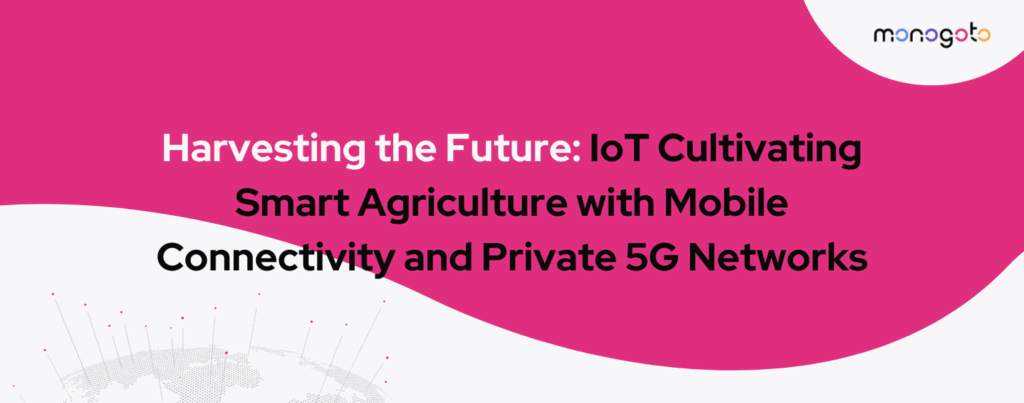
In the ever-evolving landscape of agriculture, the integration of technology has proven to be a game-changer. One of the most transformative advancements in recent years is the widespread adoption of the Internet of Things (IoT), which has revolutionized traditional farming practices and given rise to the era of smart agriculture. With a particular focus on […]
IoT Everywhere: How Satellite-Cellular Integration Enables Universal Connectivity
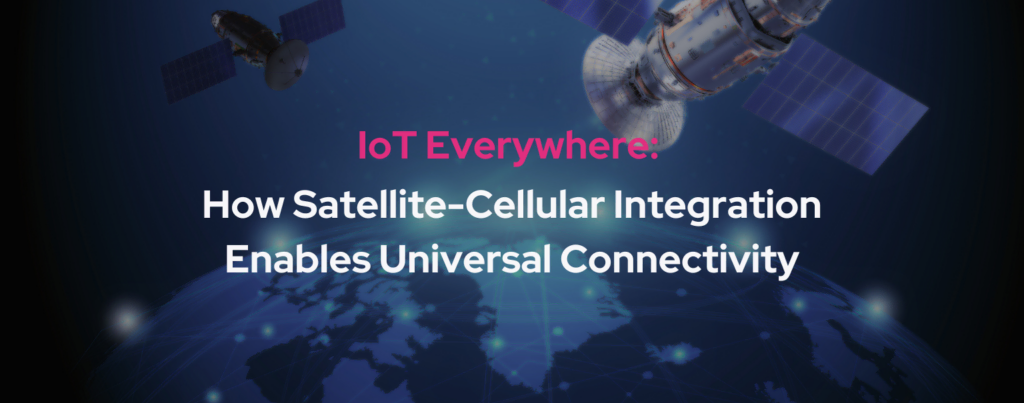
For some IoT products, connectivity failure is a momentary inconvenience. For others, it’s a disaster. Imagine losing temperature data for a shipment of vaccines at a critical moment; there goes your cold chain compliance. Or think of a smart car’s accident detection and alert system. If the driver encounters a problem outside your cellular coverage […]
The Connectivity Evolution that Goes by Unnoticed

The Story of Software-Defined Connectivity In the modern digital landscape, connectivity has evolved into a commodity that’s perceived as water from the tap. It is expected to be ubiquitous, affordable, and always available. The collective trust in connectivity accelerates digital transformation – enabling new types of use cases that improve our well-being, increase efficiencies, and […]
3 Key Elements of IoT Network Security
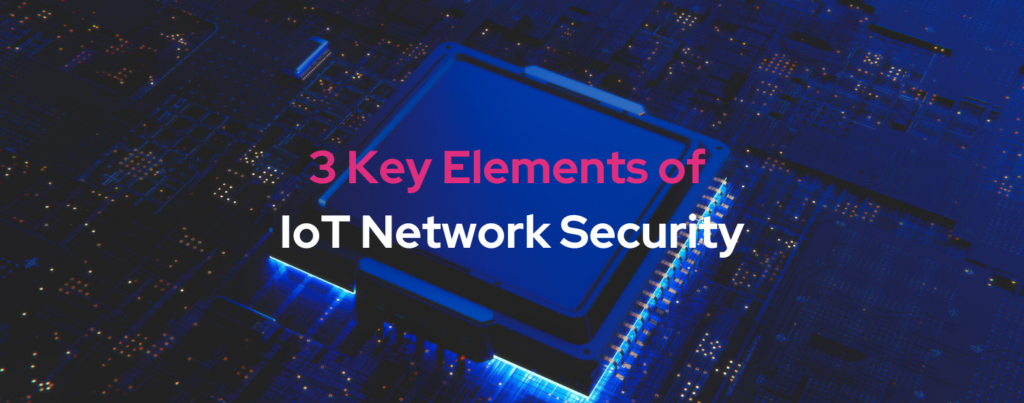
First, the bad news: Most IoT networks aren’t as secure as they should be. The good news is that you can secure your IoT system without incurring costs that ruin your business case. In fact, it’s easy—provided you work with a connectivity partner that offers the right security features. In this article, we’ll review the […]
Is Your IoT Product Ready for the SGP .32 eSIM Specification?

Technology has a tendency to move from hardware to software, as physical components give way to virtual features. That trend certainly holds in IoT connectivity. For example, see the growth of eSIM, a market that’s expected to nearly quadruple in size, reaching over $16 billion, by 2027. This embedded subscriber identity module (hence “eSIM”) replaces […]
The Rise of Connected Devices: Redefining the Internet of Things (IoT)
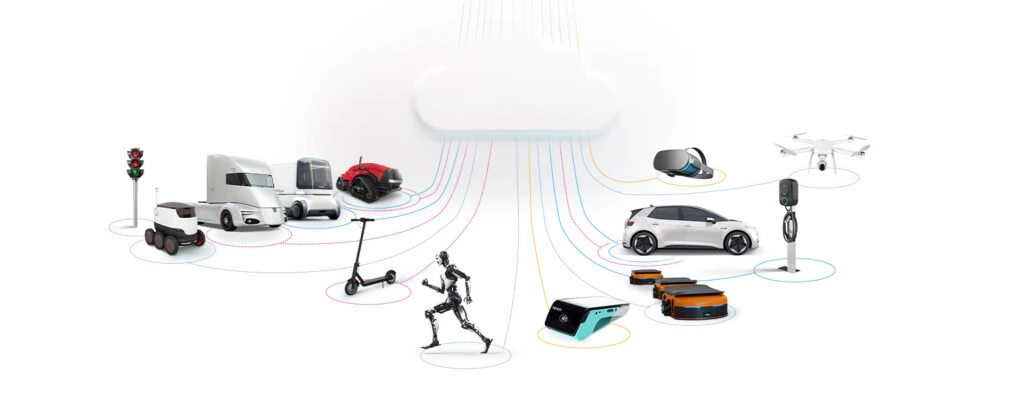
The world of technology is in a constant state of flux, and the Internet of Things (IoT) is no exception. Today, “IoT” no longer refers to simple machines “just talking” to each other as it once was. Rather, modern IoT devices, or “Connected Devices,” are much smarter. They are now mostly Linux-based devices, such as […]
LoRaWAN® and Low-power Cellular Connectivity – Can They Co-exist?
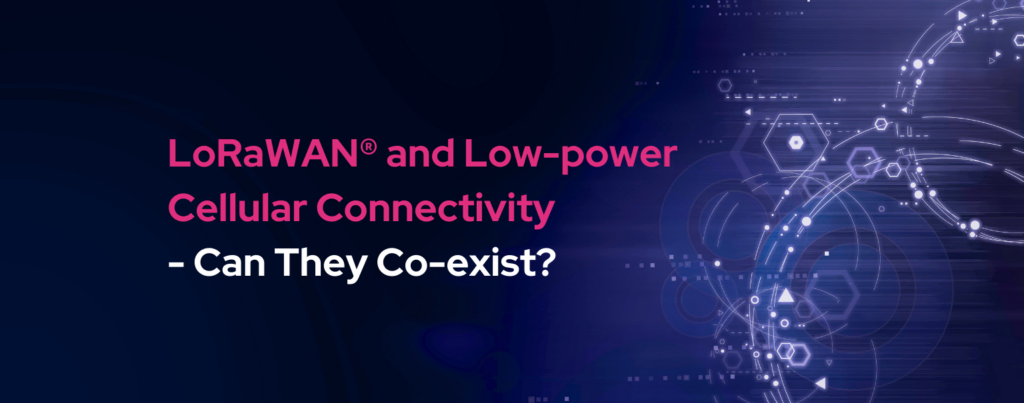
LoRaWAN® and cellular connectivity have largely been pitted against each other with developers having to decide between one or the other when designing new IoT use cases. Monogoto’s ethos is all about facilitating developer creativity and innovation, which has driven our new partnership with RAKwireless to offer a solution that incorporates both. We believe developers […]
VPNs Add the S to IoT

VPNs are, in many ways, adding the ‘S’ for Security to IoT As we navigate our way into an increasingly digital realm, the Internet of Things continues to revolutionize how we monitor our environments, control our surroundings and increase efficiency in everyday life. As our reliance on IoT grows, so does our need for secure […]
